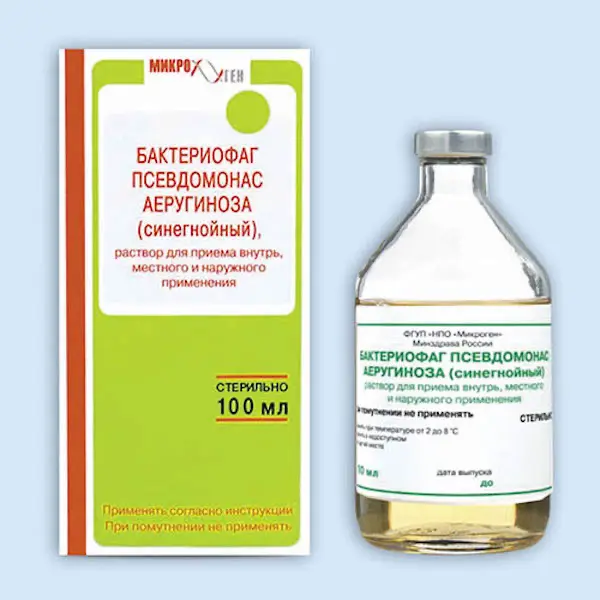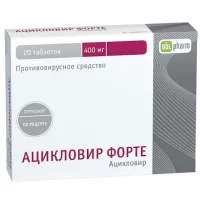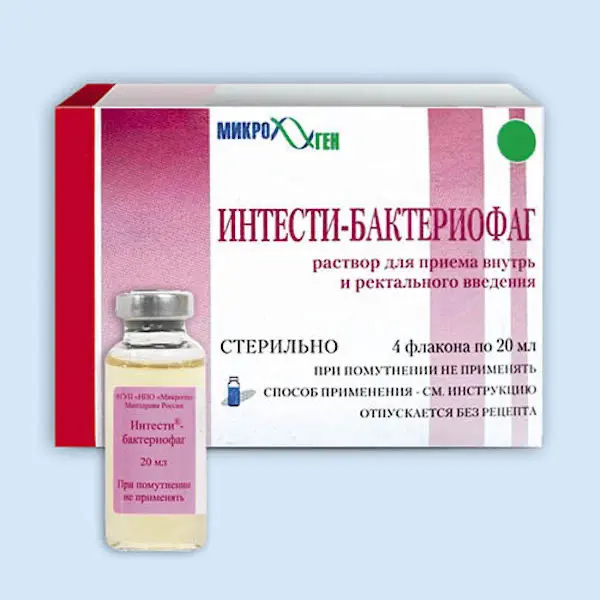Description
Ribavirin Pharmacodynamics
Ribavirin is a synthetic nucleoside analogue with a pronounced antiviral effect. It has a wide spectrum of activity against different DNA and RNA viruses.
Ribavirin easily penetrates into virus-infected cells and is quickly phosphorylated by intracellular adenosine kinase into ribavirin mono-, di- and triphosphate. These metabolites, especially ribavirin triphosphate, have marked antiviral activity.
The mechanism of action of ribavirin is not well elucidated. However, it is known that ribavirin inhibits inosine monophosphate dehydrogenase (IMF), this effect leads to a marked decrease in intracellular guanosine triphosphate (GTP) levels, which, in turn, is accompanied by suppression of viral RNA and virus-specific protein synthesis. Ribavirin inhibits replication of new virions, which ensures reduction of viral load. Ribavirin selectively inhibits viral RNA synthesis without suppressing RNA synthesis in normally functioning cells.
The most sensitive to ribavirin DNA viruses are herpes simplex virus, adenoviruses, cytomegaloviruses, smallpox group viruses, Marek’s disease; PHK viruses – influenza A, B, paramyxoviruses (parainfluenza, mumps, Newcastle disease), reoviruses, arenaviruses (Lassa fever virus, Bolivian hemorrhagic fever virus), bunyaviruses (Rift Valley fever virus, Crimean-Congo hemorrhagic fever virus), hantaviruses (hemorrhagic fever virus with renal or pulmonary syndrome) paramyxoviruses, oncogenic RNA viruses.
DNA viruses insensitive to ribavirin are Varicella zoster, pseudorabies virus, natural cowpox; RNA viruses are enteroviruses, rhinoviruses, Semliki forest encephalitis virus.
Ribavirin has activity against hepatitis C virus (HCV). The mechanism of action of ribavirin against HCV is not fully elucidated. It is assumed that ribavirin triphosphate, which accumulates as it is phosphorylated, competitively suppresses guanosine triphosphate formation, thus reducing viral RNA synthesis. It is also believed that the mechanism of synergistic action of ribavirin and interferon alpha against HCV is due to increased phosphorylation of ribavirin by interferon.
Indications
Chronic hepatitis C (in combination with interferon alpha-2b or peginterferon alpha-2b): in primary patients who have not previously been treated with interferon alpha-2b or peginterferon alpha-2b; in relapses after monotherapy with interferon alpha-2b or peginterferon alpha-2b; in patients who are resistant to interferon alpha-2b or peginterferon alpha-2b monotherapy.
Contraindications
Hypersensitivity, pregnancy, lactation, chronic heart failure II-III stages, myocardial infarction, renal failure (creatinine clearance – less than 50 ml/min), severe anemia, hepatic insufficiency, decompensated liver cirrhosis, autoimmune diseases (incl. autoimmune diseases (including autoimmune hepatitis), untreatable thyroid diseases, severe depression with suicidal intentions, childhood and adolescence (under 18 years).
Caution:
Women of reproductive age (pregnancy is undesirable), decompensated diabetes mellitus (with bouts of ketoacidosis); chronic obstructive pulmonary disease, pulmonary embolism, chronic heart failure, thyroid disease (incl. Thyrotoxicosis), blood clotting disorders, thrombophlebitis, myelodepression, hemoglobinopathy (including thalassemia, sickle cell anemia), depression, suicidal tendencies (including in anamnesis), older age.
Dosage and administration
- Orally, without chewing and with water, with a meal and 0.8-1.2 g per day in 2 doses (morning and evening). Simultaneously interferon alfa-2b – subcutaneously, 3 million IU three times a week or peginterferon alfa 2b – subcutaneously, 1.5 mcg/kg once a week are prescribed. In combination with interferon alfa-2b in case of body weight less than 75 kg a dose of ribavirin – 1 g per day (0.4 g in the morning and 0.6 g in the evening); above 75 kg – 1.2 g per day (0.6 g in the morning and 0.6 g in the evening). In combination with peginterferon alfa-2b with body weight less than 65 kg a dose of ribavirin – 0.8 g per day (0.4 g in the morning and 0.4 g in the evening); 65-85 kg – 1 g per day (0.4 g in the morning and 0.6 g in the evening); over 85 kg (0.6 g in the morning and 0.6 g in the evening).
- Duration of treatment is 24 to 48 weeks; with at least 24 weeks for previously untreated patients, and at least 48 weeks for patients with genotype 1 virus. In patients unresponsive to interferon alfa monotherapy, as well as in case of relapse – at least 6 months to 1 year (depending on the clinical course of the disease and the response to ongoing therapy).





